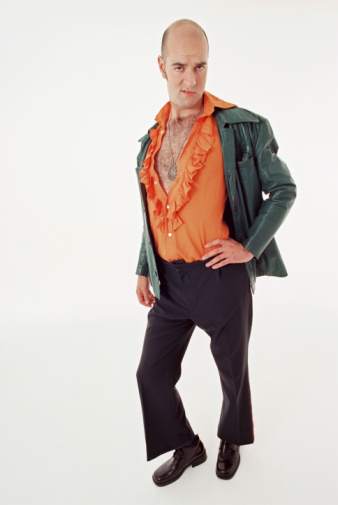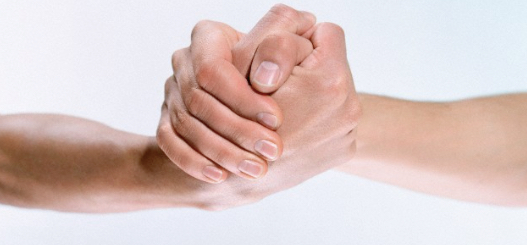 By Susan Tomai
By Susan Tomai
A media interview can be fraught with challenges, which is why it’s important to spend time developing messages and practicing beforehand. But what you wear in the interview is just as important.
We’ve seen clients in ill-fitting suits, dresses that no longer fit, and crazy patterns that dance on the screen. Crisp simplicity is always best. For men, that usually means a well-tailored dark suit and a solid blue shirt (no stripes and no white shirts) with a straight collar rather than a button-down collar. Also, make sure your shoes are shined and your socks cover your ankles – nothing looks worse than a glimpse of skin between the top of the socks and the pants cuff.
Women should wear solid colors - suits and dresses with a pop of color and/or an interesting piece of jewelry. Don’t wear jewelry that makes noise – e.g., bracelets that clang. We also don’t recommend that women wear button-down shirts, as they tend to pull open. Women should pull a chair in front of a full length mirror and cross their legs to see if the length of a dress or skirt is suitable. Normally we recommend that an interview skirt or dress be longer than your regular office length.
It’s also important for both men and women to powder off that shine, which is exacerbated by studio lighting. In larger TV markets a make-up artist will do this for you, but in smaller towns you’re often on your own. No need for a major make-up job – just get a compact and a brush from the department store and brush the powder on lightly. Some of you (especially the guys) may feel a little funny doing this, but remember: your words in the interview might be positively riveting, but no one will hear them if you look shiny, sloppy or inappropriately dressed.







